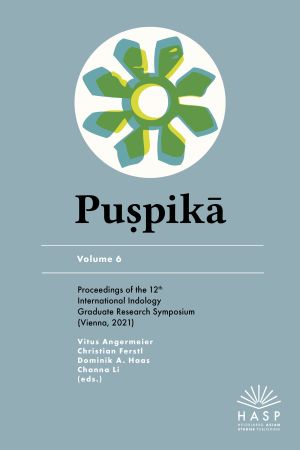Zitationsvorschlag
Lizenz (Kapitel)

Dieses Werk steht unter der Lizenz Creative Commons Namensnennung - Weitergabe unter gleichen Bedingungen 4.0 International.
Identifier (Buch)
Veröffentlicht
Of Toothsticks, Dreams and Lizards
Omens in Jyotiḥśāstra, the Pāñcarātra-Saṃhitās and the Purāṇas
Drawing from medieval Sanskrit sources this paper examines omens in Hindu religious literature in different contexts, such as kingship, initiation, astrology and present-day worship. In each of these contexts omens are represented in a unique way and the analysis of their particular references to a variety of concepts provides a fertile ground for cultural historical research. The existing terms for ‘omen’ in Sanskrit, i.e. nimitta, adbhuta, utpāta and śakuna are outfitted with different classifications, which makes them the appropriate starting point for this investigation. The directions of the compass and the practitioner’s body provide the conceptual background for a variety of omens, such as the cries of animals, the fall of the toothstick (dantakāṣṭha), the throbbing of limbs, dreams, etc. Omens are not only a part of the Indian scientific discourses in the Jyotiḥśāstra, they also serve as a means for negotiating social positions and for contesting human agency by contrasting it with non-human gents. The analysis of omens represented in various sources focuses on their functional as well as on their conceptual aspects in order to come to a well-rounded understanding of the omen as a cultural phenomenon.
Keywords divination, human body, initiation, kingship, ritual









